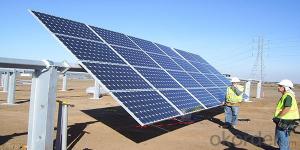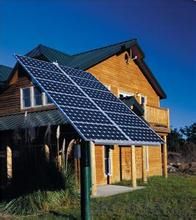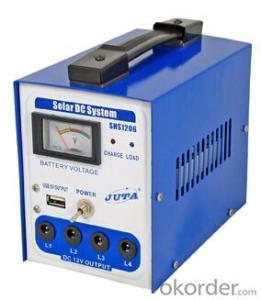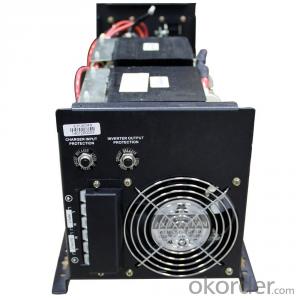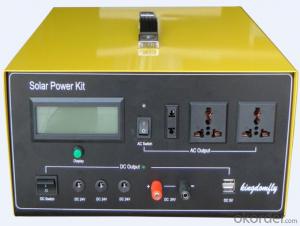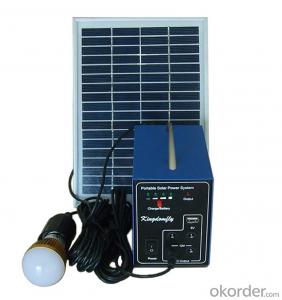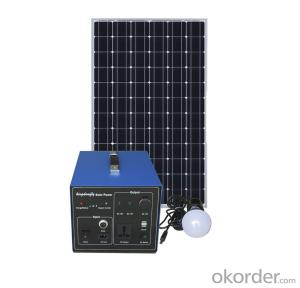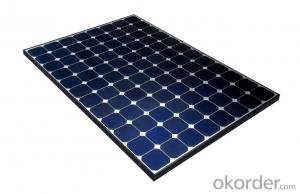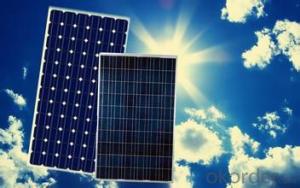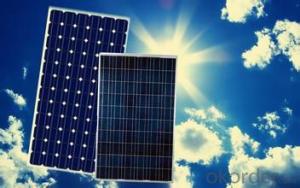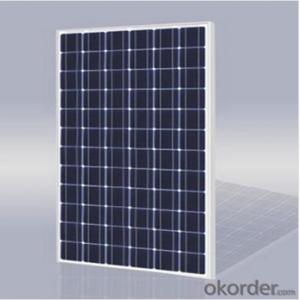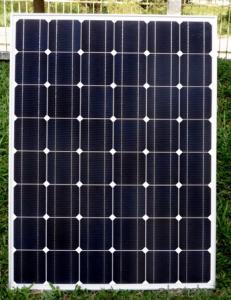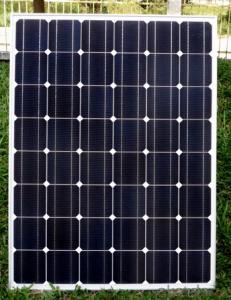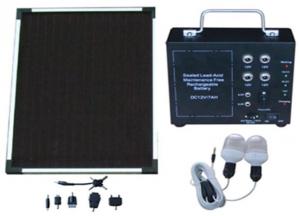116kw CNBM Monocrystalline Silicon Solar Energy Systems Home Panel
- Loading Port:
- Tianjin
- Payment Terms:
- TT OR LC
- Min Order Qty:
- 60 watt
- Supply Capability:
- 1000 watt/month
OKorder Service Pledge
OKorder Financial Service
You Might Also Like
Specification
116KW CNBM Monocrystalline Silicon Panel for Home Using
Production description
Garden Television (HGTV) network. Actress Daryl Hannahpromotes off-grid living and constructed her home in Colorado according to those principles, as does survival expert and Dual Survival co-star Cody Lundin,[3]who lives in a self-designed, passive solar earth house in the high-desert wilderness of Northern Arizona, collecting rainwater, composting waste, and paying nothing for utilities.[4][5]
The large magnitude of solar energy available makes it a highly appealing source of electricity. The United Nations Development Programme in its 2000 World Energy Assessment found that the annual potential of solar energy was 1,575–49,387 exajoules (EJ). This is several times larger than the total world energy consumption, which was 559.8 EJ in 2012.
wind, micro hydro, geothermal; with agenerator or Micro combined heat and power with adequate fuel reserves. Such a system is called a stand-alone power system. In addition, it is possible to simply eliminate electric power such as in Old Order Amish and Old Order Mennonite communities.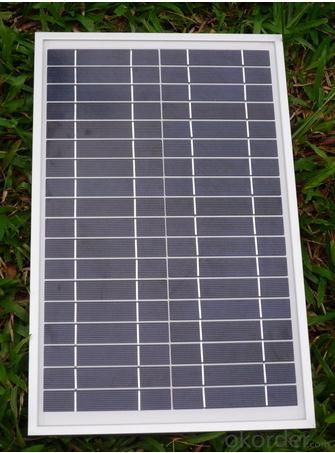
Feature
1.High conversion efficiencies resulting in superior power output performance.
2.Outstanding power output even in low light or high temperature conditions
3.Optimized design for ease of soldering and lamination
Physical characteristic
1. Rigorous quality control meets the highest international standards.
2. High-transmissivity low-iron tempered glass, strong aluminium frame.
3. Using UV-resistant silicon.
4. IS09001/14001/CE/TUV/UL
Packaging
26pcs in one carton 6pallets in 20foot container 14pallets in 40 foot container.
- Q: Can a solar energy system be integrated with an existing electrical system?
- Yes, a solar energy system can be integrated with an existing electrical system. It involves installing solar panels, an inverter, and a net metering system that allows the solar-generated electricity to be used alongside the existing electrical grid. This integration can help reduce reliance on traditional grid power and provide clean, renewable energy for the building.
- Q: What is the impact of solar energy systems on water usage?
- Solar energy systems have a positive impact on water usage due to their inherent nature of generating electricity without the need for water. Traditional forms of electricity generation, such as coal or natural gas power plants, require substantial amounts of water for cooling and steam generation. In contrast, solar energy systems do not rely on water for their operation, making them an environmentally friendly alternative. By utilizing solar energy, we can significantly reduce the water consumption associated with electricity generation. This is particularly crucial in regions facing water scarcity or drought conditions. With solar power, there is no need for water-intensive cooling processes, saving millions of gallons of water annually. Furthermore, solar energy systems can also contribute to water conservation indirectly. As solar power becomes more prevalent, it reduces the demand for fossil fuels, which often require substantial amounts of water for extraction and processing. By transitioning to solar energy, we can lessen the strain on water resources that are used in traditional energy production. Additionally, solar energy systems can be combined with innovative technologies such as solar water heaters, which utilize the sun's energy to heat water for domestic or industrial use. This reduces the reliance on conventional water heaters that consume significant amounts of electricity or gas. Overall, the impact of solar energy systems on water usage is highly beneficial. They reduce water consumption in electricity generation, indirectly conserve water by reducing the demand for fossil fuels, and can even be utilized for water heating purposes. Embracing solar energy helps us mitigate the strain on water resources and move towards a more sustainable future.
- Q: What happens to excess energy generated by a solar energy system?
- Excess energy generated by a solar energy system can be stored or sold back to the grid. When a solar energy system produces more electricity than is being consumed, the excess energy can be stored in batteries for later use. This stored energy can be utilized during times when the solar panels are not generating enough electricity, such as during nighttime or cloudy days. Alternatively, if the solar energy system is connected to the electrical grid, the excess energy can be fed back into the grid. This process is known as net metering. In net metering arrangements, the excess energy is fed into the grid, and the owner of the solar system receives credit for the electricity they provide. This credit can then be used to offset the electricity consumed from the grid when the solar panels are not generating enough power. By either storing excess energy or selling it back to the grid, solar energy systems ensure that no energy goes to waste. This not only maximizes the efficiency and utilization of solar power but also allows solar energy system owners to benefit financially from their excess generation.
- Q: Can solar energy systems be used for powering electric car manufacturing plants?
- Yes, solar energy systems can be used to power electric car manufacturing plants. Solar energy systems use sunlight to generate electricity, which can then be used to power various industrial operations, including manufacturing plants. By installing solar panels on the roofs or open spaces of the manufacturing facility, the plant can harness renewable energy to meet its electricity needs. This not only reduces the reliance on fossil fuels but also helps in reducing greenhouse gas emissions associated with conventional electricity generation. Additionally, solar energy systems can be combined with energy storage solutions to ensure a continuous power supply, even during periods of low sunlight or at night. Therefore, using solar energy systems for powering electric car manufacturing plants is a sustainable and environmentally friendly choice.
- Q: How much space is required for installing a solar energy system?
- The amount of space required for installing a solar energy system can vary depending on several factors. The size of the solar energy system, the energy needs of the property, and the available space are some of the key considerations. For residential installations, the space required for solar panels can typically range from 100 to 400 square feet per kilowatt (kW) of installed capacity. This estimate includes both the actual area occupied by the solar panels as well as the necessary spacing between panels to ensure optimal sunlight exposure. In commercial or larger-scale installations, the space required can be significantly larger. These installations often involve multiple arrays of solar panels, and the space requirement can be several acres or more. It's important to note that solar energy systems are versatile and can be installed on various surfaces, including rooftops, ground-mounted systems, or even integrated into building materials. Rooftop installations are common in residential settings, utilizing the available roof space to maximize solar energy generation. Ground-mounted systems are often used in commercial or rural areas where there is ample land available. It's essential to consult with a professional solar installer who can assess your specific energy needs and evaluate the available space to provide accurate estimates for your installation. Additionally, local regulations, shading from nearby structures or trees, and other site-specific factors can also impact the space requirements for a solar energy system.
- Q: Can a solar energy system be financed through a loan?
- Yes, a solar energy system can be financed through a loan. Many financial institutions offer loans specifically for renewable energy projects, including solar energy systems. These loans are designed to help individuals and businesses cover the upfront costs of purchasing and installing solar panels and related equipment. In some cases, these loans may be secured by the solar energy system itself, allowing the lender to take ownership of the system if the borrower defaults on the loan. The terms and conditions of these loans will vary depending on the lender, but they typically offer competitive interest rates and flexible repayment options. Additionally, there may be various government incentives and tax credits available to further offset the cost of financing a solar energy system. Overall, financing a solar energy system through a loan can be a viable and financially advantageous option for those looking to invest in renewable energy.
- Q: What is the role of solar trackers in maximizing energy production?
- Solar trackers play a crucial role in maximizing energy production by optimizing the positioning of solar panels to capture the maximum amount of sunlight throughout the day. These devices automatically adjust the angle and orientation of the solar panels to track the movement of the sun, ensuring that they are always aligned at the optimal angle to receive the most sunlight. By continuously monitoring the sun's position and adjusting the panels accordingly, solar trackers significantly enhance the efficiency and energy output of solar energy systems. The main advantage of solar trackers is their ability to increase the overall energy yield of solar installations by up to 25-35% compared to fixed-tilt systems. As the sun moves across the sky, solar trackers follow its path, allowing the panels to capture sunlight from dawn to dusk, maximizing the duration of exposure to direct sunlight. This extended exposure increases the total electricity generation from the panels, making solar trackers especially beneficial in regions with varying weather patterns, seasonal changes, or areas with limited daily sunshine hours. By continuously adapting to the sun's movement, solar trackers also minimize the impact of shading. Shadows from nearby objects, such as buildings, trees, or even clouds, can significantly reduce the efficiency of solar panels. However, solar trackers can mitigate the effects of shading by adjusting the panels' positioning to avoid or minimize the shadow's impact. This ensures that the solar panels are consistently exposed to direct sunlight, maximizing the energy production potential of the entire system. Furthermore, solar trackers can contribute to reducing the payback period of solar installations. With their ability to generate more electricity, solar trackers enhance the return on investment by increasing the overall energy production and subsequently reducing the time it takes to recoup the initial costs of the system. By optimizing energy production and improving the economic viability of solar installations, solar trackers are playing a crucial role in accelerating the adoption of renewable energy and transitioning towards a sustainable future.
- Q: Can solar energy systems be used in urban environments?
- Yes, solar energy systems can definitely be used in urban environments. In fact, urban areas can be ideal for solar energy due to the high population density and availability of rooftop spaces. Solar panels can be installed on buildings, homes, and other structures in cities to harness the power of the sun and provide clean and renewable energy. Additionally, advancements in solar technology have made it possible to integrate solar panels into various urban infrastructure, such as streetlights and bus stops, further expanding the use of solar energy in urban environments.
- Q: Can solar energy systems be used in areas with limited access to education?
- Yes, solar energy systems can be used in areas with limited access to education. Solar energy systems are relatively simple and can be easily installed and maintained with basic training. Moreover, solar power does not require complex infrastructure or specialized skills to operate, making it accessible to communities with limited education. Additionally, the adoption of solar energy systems can contribute to the development of educational opportunities by providing electricity for schools and enabling access to online learning resources, thereby bridging the education gap in these areas.
- Q: How do solar energy systems reduce carbon emissions?
- Solar energy systems reduce carbon emissions by harnessing energy from the sun and converting it into electricity without burning fossil fuels. This renewable source of energy replaces the need for electricity generated from coal, oil, and natural gas, which emit carbon dioxide and other greenhouse gases into the atmosphere. By using solar energy, we can significantly reduce our dependence on carbon-intensive power sources, thereby mitigating the harmful effects of climate change and helping to create a cleaner, more sustainable future.
Send your message to us
116kw CNBM Monocrystalline Silicon Solar Energy Systems Home Panel
- Loading Port:
- Tianjin
- Payment Terms:
- TT OR LC
- Min Order Qty:
- 60 watt
- Supply Capability:
- 1000 watt/month
OKorder Service Pledge
OKorder Financial Service
Similar products
Hot products
Hot Searches
Related keywords
